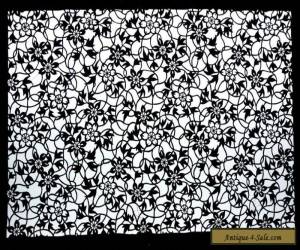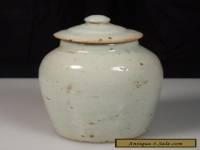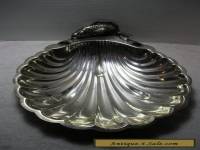 »
Antique and Rarities for sale in Canada » Other » ANTIQUE 19c JAPANESE Ise KATAGAMI KIMONO STENCIL ART Edo - KATAZOME 8751
»
Antique and Rarities for sale in Canada » Other » ANTIQUE 19c JAPANESE Ise KATAGAMI KIMONO STENCIL ART Edo - KATAZOME 8751
ANTIQUE 19c JAPANESE Ise KATAGAMI KIMONO STENCIL ART Edo - KATAZOME 8751
Technical specifications, photos and description:
| : | “Item specifics Region of Origin: Japan Primary Material: Paper Type: Katagami Original/Reproduction: Original Age: 1850-1899” |
| Got questions? | Ask here! |
Do you like this Item?
| Tweet |
ANTIQUE 19c JAPANESE Ise KATAGAMI KIMONO STENCIL ART Edo - KATAZOME 8751 for sale
Current customer rating: ANTIQUE 19th CENTURY JAPANESE Ise KATAGAMI KIMONO STENCIL ART Edo or Meiji Period ..KATAZOME Stencil circa 1800 1899.To make kimono patterns...Katagami (型紙) is the Japanese art of making paper stencils for kimono printing. The art is traditionally centred around the city of Ise in Mie Prefecture. Multiple layers of thin washi paper are bonded with glue extracted from persimmon, which makes strong flexible brown coloured paper. The paper is cut with combination of knives and punches. Four principal cutting techniques are used. 1.Pulling the knife towards the artist, which results in long straight cuts. 2.Carving patterns, which allows for figurative designs. 3.Cutting circular holes, often in fan-like designs 4.Using shaped punches. The designs can be extremely intricate, and consequently fragile. Nowadays the stencils are sometimes sold as artworks, attached to hand fans, or used to decorate screens and doors in Japanese rooms. For kimono printing the stencils are stabilized by attaching them to fine silk net. In past times, human hair was used instead of silk, but silk is less likely to warp and can be finer. The printing is done with resist dyeing technique. Rice paste is passed through the stencil onto silk. When dyed, the colour does not adhere to the areas with rice paste. By multiple alignments of the stencil, large areas can be patterned. This technique was developed in France as Silk screen printing. The stencil is not generally used for more than one kimono, though multiple stencils can be cut at the same time..SHEET SIZE IS ABOUT 12-1/2" 17" Please see picture..PLEASE CHECK MY SITE FOR OTHERS ALL ITEMS ON MY SITE ARE GUARANTEE TO BE 100% VINTAGE, AND NOT REPRODUCTIONS. Please email me if you have any questions, thank you.
Also published at eBay.ca














Other Other Antique and Rarities offered via internet auctions:
Latest arrivals: